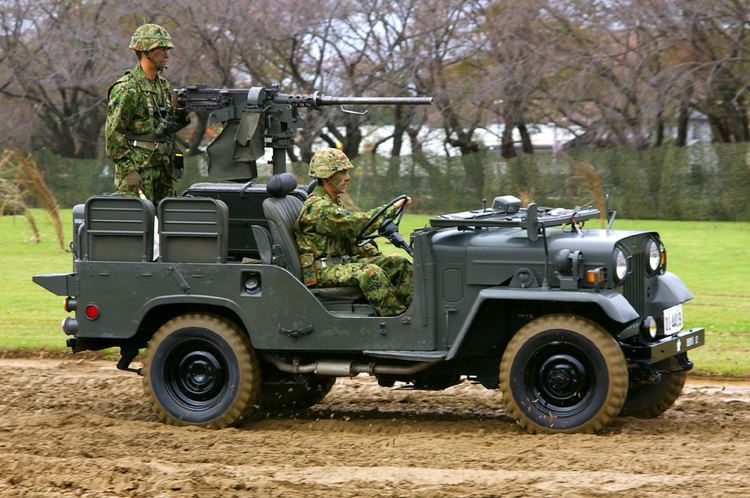 | ||
Hit-and-run tactics is a tactical doctrine where the purpose of the combat involved is not to seize control of territory, but to inflict damage on a target and immediately exit the area to avoid the enemy's defense and/or retaliation. Such raids can also expose enemy defensive weaknesses and achieve a psychological effect on the enemy's morale.
Contents
Hit-and-run tactics are used in guerrilla warfare, militant resistance movements, and terrorism where the enemy typically overmatches the attacking force to the point where sustained combat is to be avoided. However, the tactics can also be used as part of more conventional warfare. Examples of the latter include commando or other special forces attacks or sorties from a besieged castle. Hit-and-run tactics were also where the lightly armed and nearly unarmored horse archers typical of the Eurasian steppe peoples excelled. This holds especially true for such troops that were not part of a large army (such as scouting parties), but it was not unusual to see them employed in such a way even as part of a major force.
Historical use
The Seljuk victory over the Byzantine Empire at the Battle of Manzikert was preceded by hit-and-run attacks of Seljuk cavalry which threw the Byzantine army into confusion, which proved fatal once it started to retreat. Similarly, the earlier Parthian and Sassanid Persian horse archers paved the way for their cataphracts' attack that achieved the decisive victories at the Battle of Carrhae and Battle of Edessa. The use of hit-and-run tactics dates back even earlier to the nomadic Scythians of Central Asia, who employed them against Darius the Great's Persian Achaemenid Empire and later against Alexander the Great's Macedonian Empire. The Arab general Baibars also successfully used hit-and-run during the battle of Ain Jalut, the first defeat of the quickly expanding Mongol Empire. Vastly outnumbered in North America, the French made effective use of hit-and-run raids during the various French and Indian Wars. In the Turkish War of Independence, Turks fought against the Greek Army by hit-and-run tactics before a regular army was set up.
In the Vietnam War, Viet Cong forces used hit-and-run tactics to great effectiveness against anti-communist military forces. It has also been used in Afghanistan by rebel forces during the Soviet war in Afghanistan. Various Iraqi insurgent groups have also used hit-and-run tactics as part of their tactics against Iraqi security forces and American-led coalition forces in Iraq. Improvised fighting vehicles called "technicals" are often used in such operations.
In economics
The term "hit-and-run" is also used in economics to describe a firm that enters a market to take advantage of abnormal profits and then leave. These tactics can be seen in a contestable market.
